Dischidia Imbricata is a fast-growing and easy-to-care-for plant that looks simply stunning with its trailing stems covered with round leaves!

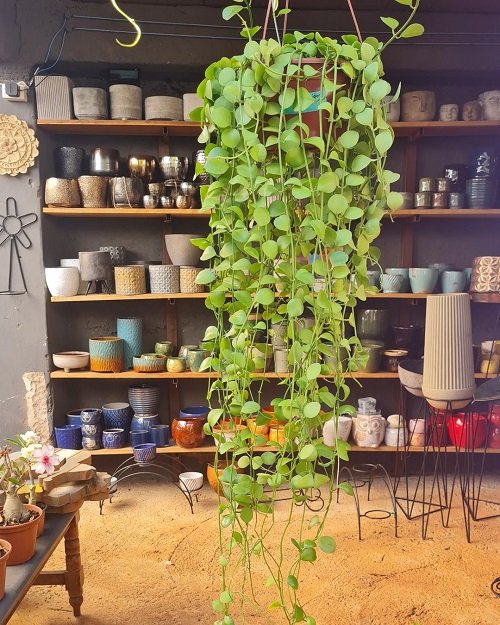
lajardineriajau
Looking for an easy-to-grow, low-maintenance houseplant? Look no further than Dischidia Imbricata! In this guide, we’ll walk you through the steps to grow this beautiful and unique plant, from propagation to care tips.
Check out How to Grow Dischidia Geri in the Pots here
Dischidia Imbricata Plant Information
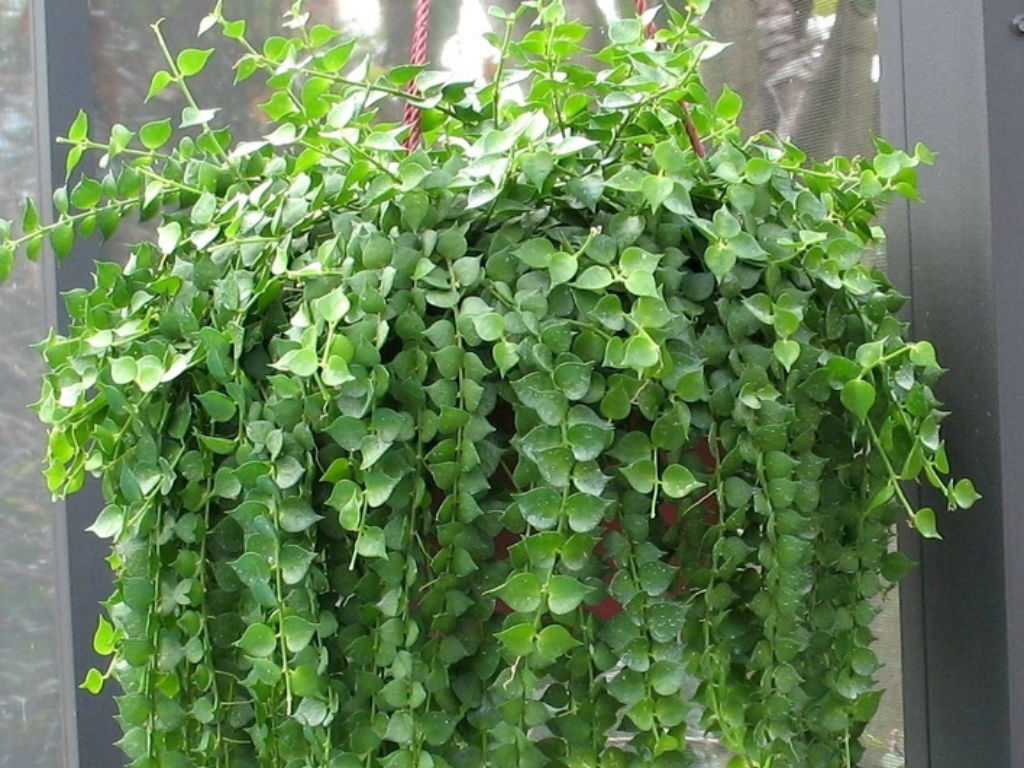
Dischidia Imbricata is a species of evergreen, epiphytic climbing plants native to India, Bangladesh, and Sri Lanka. It grows best in tropical and humid climates, and it is typically found growing on trees and rocks.
Dischidia Imbricata is a member of the milkweed family, and it has attractive, flat, succulent, dark green leaves with prominent veins. The flowers are small and white with five petals, and they are typically arranged in clusters.
This species is known for its ability to grow rapidly and form a thick mat of foliage around its host plant. It is often used as a decorative houseplant and is relatively easy to care for.
Here is our Begonia Lucerna Care and Growing Guide
Propagating Dischidia imbricata
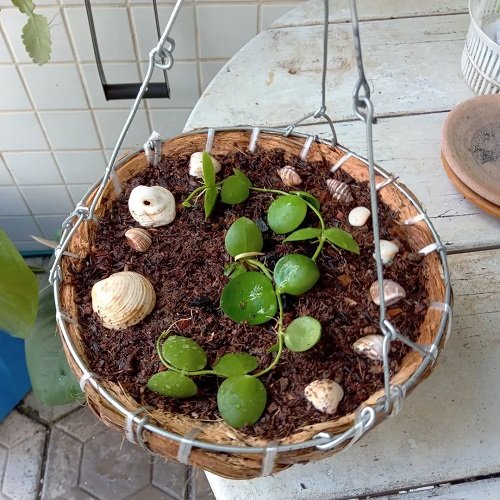
suculentasdadrika
Propagating Dischidia Imbricata is simple, and you can easily grow a full plant with its luscious leaves from cuttings.
- To propagate Dischidia Imbricata, start by snipping off a stem that is at least four inches long, making sure to cut just below a node to encourage rooting.
- Remove leaves from the lower half of the stem and dip the bottom of the cutting in rooting hormone if desired.
- Plant the cutting in a well-draining potting mix, lightly water the soil, and place the pot in a warm, bright location out of direct sunlight.
- After about three to four weeks, the cutting should form a strong root system.

Alternatively, you can propagate Dischidia Imbricata through air layering by wrapping a stem section in moist sphagnum moss and keeping it moist until roots form once the roots have developed, and pot up the stem section.
Find How to Grow Dischidia Ruscifolia here
Requirements for Growing Dischidia Imbricata
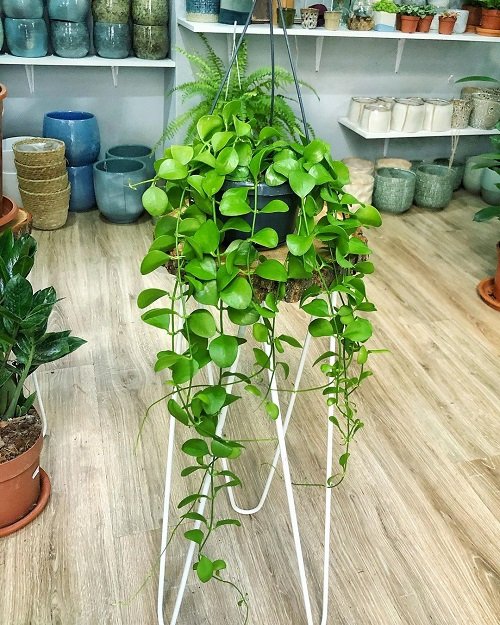
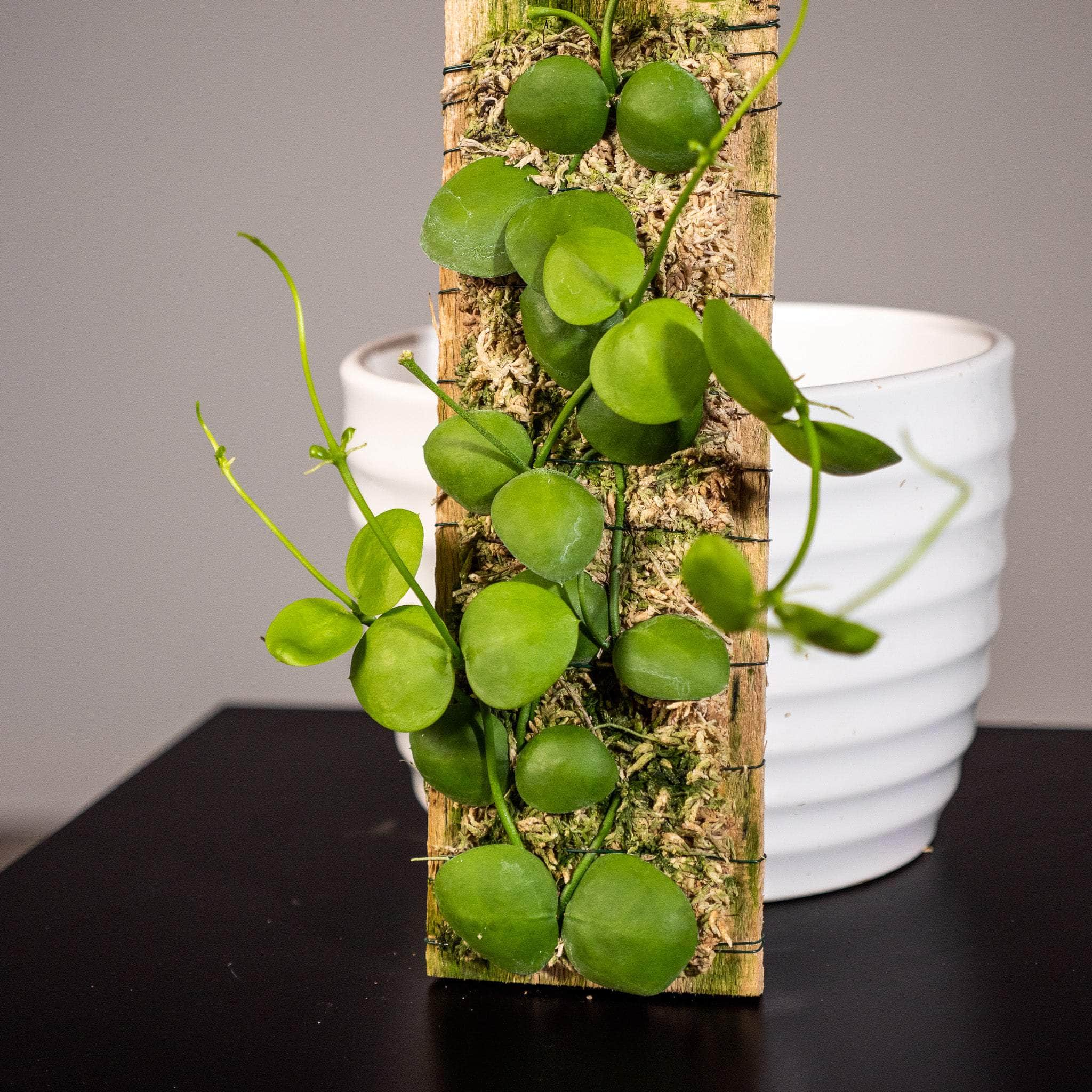
lolaflora.roslinna
Location
For optimal growth, Dischidia Imbricata should get indirect light all day long, a minimum of 4-6 hours. Keep the plant safe from direct exposure to the harsh afternoon sun, as it can scorch its leaves.
Soil
To ensure healthy growth, it’s important to avoid overly moist soil when potting Dischidia Imbricata. Use a well-draining growing medium that contains perlite or vermiculite for drainage and some organic matter for nutrition.
Learn some Great Tips to Rejuvenate Your Old Soil here
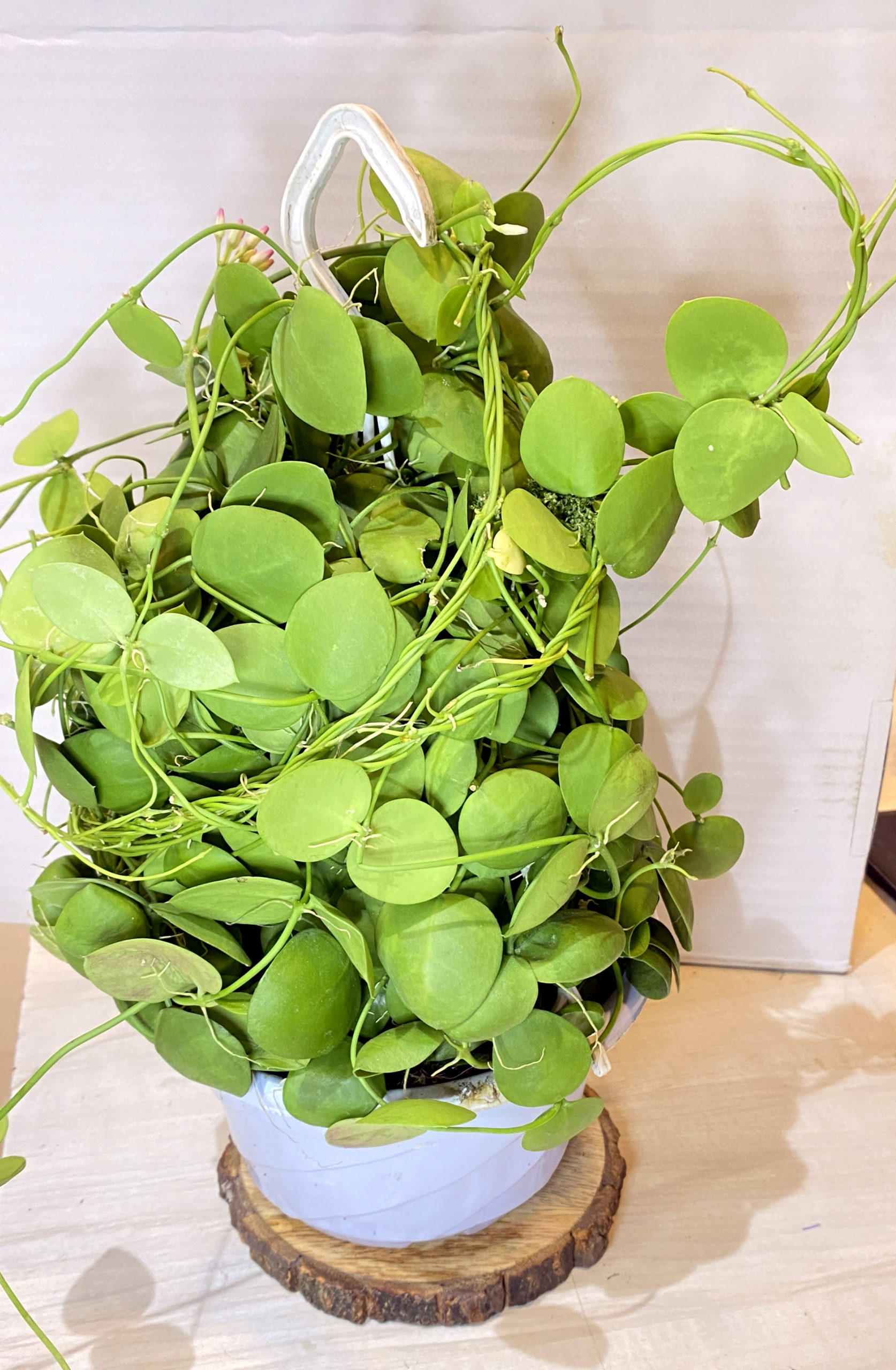
If using regular store-bought cactus soil, simply adding a handful of perlite can provide the necessary drainage.
Water
To maintain healthy growth, water Dischidia Imbricata only when the topsoil feels a little dry to the touch. Do not water the plant daily, and also ensure the soil never goes dry completely.
Humidity
For optimal growth, Dischidia Imbricata prefers a humidity ranging between 30-40%. To increase humidity levels during the summer months, mist the leaves regularly. You can also keep its pot on a pebble tray filled with water.
Learn How to Grow Dischidia Platyphylla Easily here
Dischidia Imbricata Care

happyinhorticulture
Fertilizer
Dischidia Imbricata can benefit from regular fertilization with a balanced fertilizer, such as a 20-20-20, applied at half strength every two weeks throughout the growing season (spring through fall). This can help promote healthy growth and ensure the plant’s well-being.
Here are Effective Homemade Lawn Fertilizers That Are Safe From Hazardous Chemicals
Pests and Diseases
Although Dischidia Imbricata is generally resistant to common pests and diseases, it can still be susceptible to infestations by aphids, mealybugs, and scale insects. Insecticidal soap or horticultural oil can be used to address such issues.
Overwatering or poor drainage can lead to root rot, which is another potential threat to this plant. To avoid this, it is crucial to maintain consistent moisture levels in the soil without making it excessively wet.
Learn How to Treat Root Rot in Houseplants Like a Pro here
Additionally, Dischidias may be at risk of Powdery Mildew and Southern Blight if the water sits on compacted foliage for too long. Should this happen, it is advisable to remove the affected areas and improve growing conditions by placing the plant in a well-lit area and avoiding any excess moisture on the leaves.






